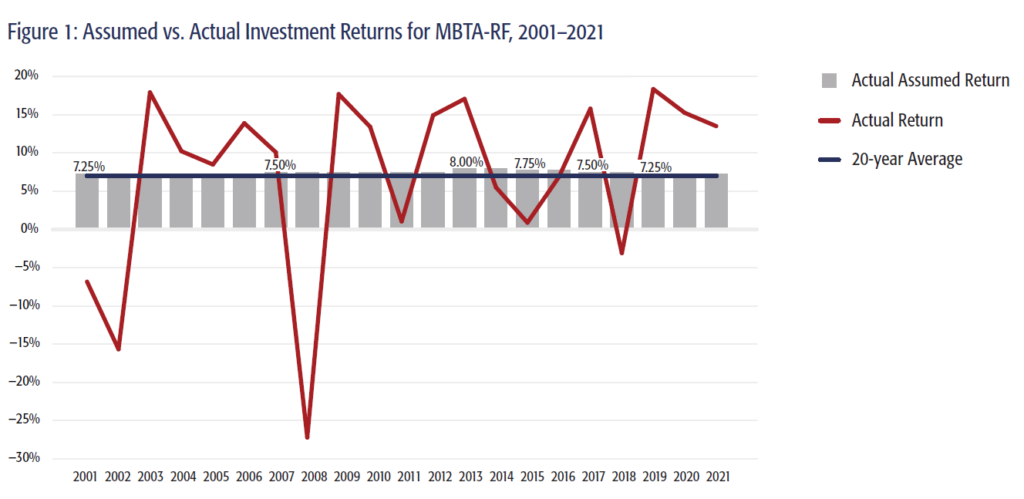Link: https://www.illinoispolicy.org/5-things-wrong-with-illinois-holding-30-of-u-s-pension-bond-debt/
Graphic:

Excerpt:
Pension obligation bonds, like payday loans, are a sign of mismanaged finances. Illinois not only leads the nation for using that risky debt, it owes the bulk of it.
It is bad Illinois has the nation’s worst pension crisis, but state politicians have made it worse by using risky debt to delay the day of reckoning, and done so to the point that Illinois now owes 30% of the nation’s pension obligation bonds.
….
In 2013, Illinois took a significant step towards addressing the pension crisis by passing Public Act 98-0599. This bill protected any benefits that had already been earned by employees while it amended future benefits. The bill increased the retirement age, replaced 3% compounding annual raises with cost-of-living adjustments tied to inflation and capped maximum pensionable salaries. While not a solution, this bill provided a responsible roadmap addressing the financial issues in the pension system while preserving already earned benefits.
Unfortunately, the bill was declared unconstitutional by the Illinois Supreme Court in 2015 because it was interpreted as changing promised future benefits for pension recipients, even though this could potentially result in financial ruin for Illinois. As a result, a constitutional amendment is needed to allow changes to future pension benefits.
Author(s): Aneesh Bafna
Publication Date: 10 Sept 2021
Publication Site: Illinois Policy Institute





